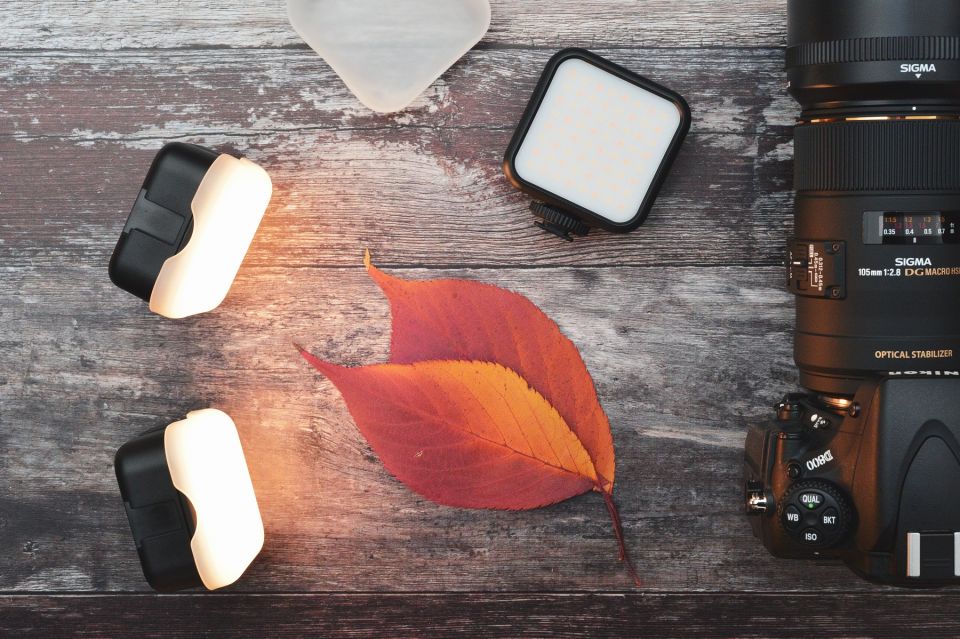Brief look at Godox Litemons LED6Bi

Initially marketed as a continuous light source for video makers, LED panels have been slowly but steadily finding their way into the photo bags of many still photographers. And it's easy to understand why. Light, versatile, energy-efficient, available in many form factors and price brackets. What's not to like? Being new to the dazzling world of LED panels, I decided to play it safe and go with something small and affordable: Godox Litemons LED6Bi.
If there were such a thing as an LED panel hierarchy, Godox Litemons LED6Bi (Litemons for short) would probably be at the very bottom. Actually, it's hardly a panel, but rather a light module. A single Litemons can easily fit into a pocket, and its low price means that you can afford to buy several modules. In fact, this is exactly what you'd likely want to do anyway, because a single Litemons module is not powerful enough to be used on its own in most situations. It is a sensible investment, too, since deploying multiple light sources can help overcome the limitations of using a single light source. Better still, if needed, you can connect multiple Litemons units together, thus combining them to act as a single LED panel. And for that very purpose, Litemons has a cold shoe at the bottom and three catches on the sides. While the end result may not be as elegant as a dedicated LED panel, it would work just fine in many situations.
According to the product description on the Godox website, the LED6Bi model has a built-in magnet that allows you to mount the module on metal surfaces, but none of my three units have any magnetic powers. Either the magnets are really, really weak, or the product description is incorrect. Besides a short charging cable and an instruction manual, the package includes a diffuser, which is a genuinely useful accessory, indeed.
The lack of advanced functionality means that Litemons is ridiculously simple in operation: using the dedicated hardware buttons, you can adjust the color temperature (from 3200 to 6500K in 9 steps) and light strength (in 10 steps)—and that's about it. The module has a built-in 1800 mAh battery, and that's probably the only real weakness of Litemons. The battery is not user-replaceable, and by the look of it, there is no easy way to open the module. Using regular AA or AAA batteries would have been a more practical solution, even though that would have probably meant trade-offs in size and weight. Good thing then that the module features a USB-C port, so you can power it from practically any source, provided it can deliver 2A of power. A 4-segment LED allows you to monitor the battery level.
Short and gray winter days are not conducive to long photography walks, and if you decide to improve your macro photography skills instead, you'll find Litemons ideal for this particular photographic activity: clip the diffusers on a couple of modules, position the units where you want them, adjust the power and color temperature, and you have a perfect stage for your subjects. Moreover, the entire setup doesn't need a lot of space, and dismantling it takes a couple of minutes.
All in all, Litemons LED6Bi is a simple and inexpensive product that does exactly what it's supposed to do with zero learning curve. The sheer simplicity and versatility of Litemons makes them ideal for small-scale experiments with lighting, as you can learn a great deal about various lighting setups by experimenting with positioning the modules around the subject. And because Litemons weigh almost nothing and are relatively small, having a couple of them in your photo bag won't be much of a burden.